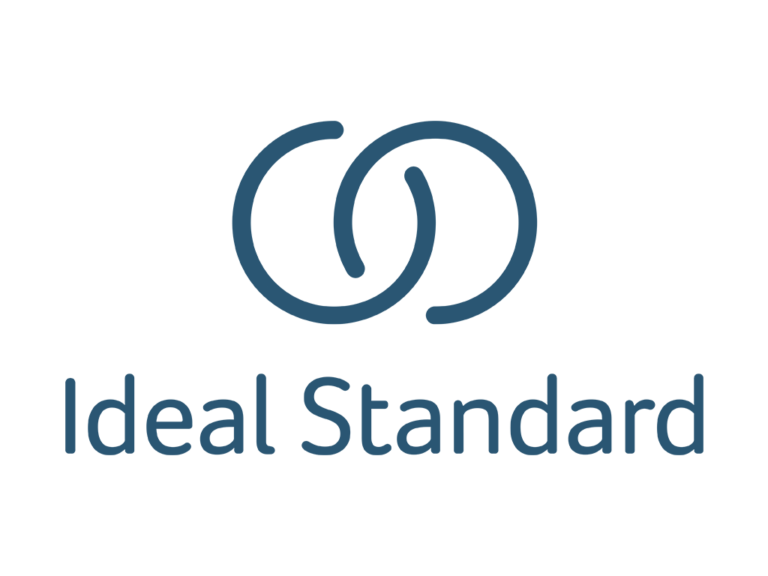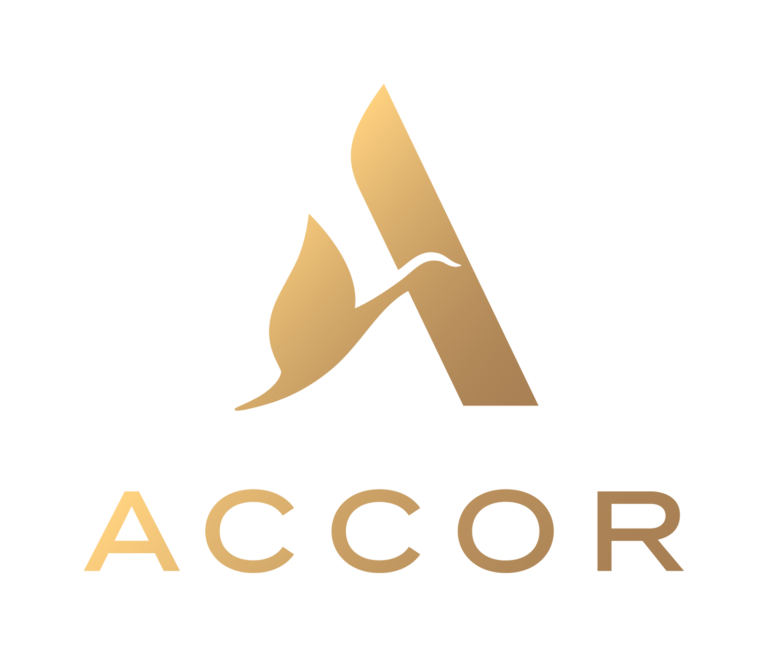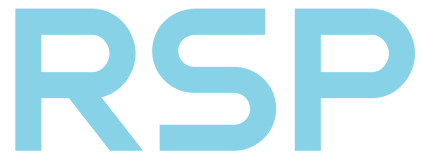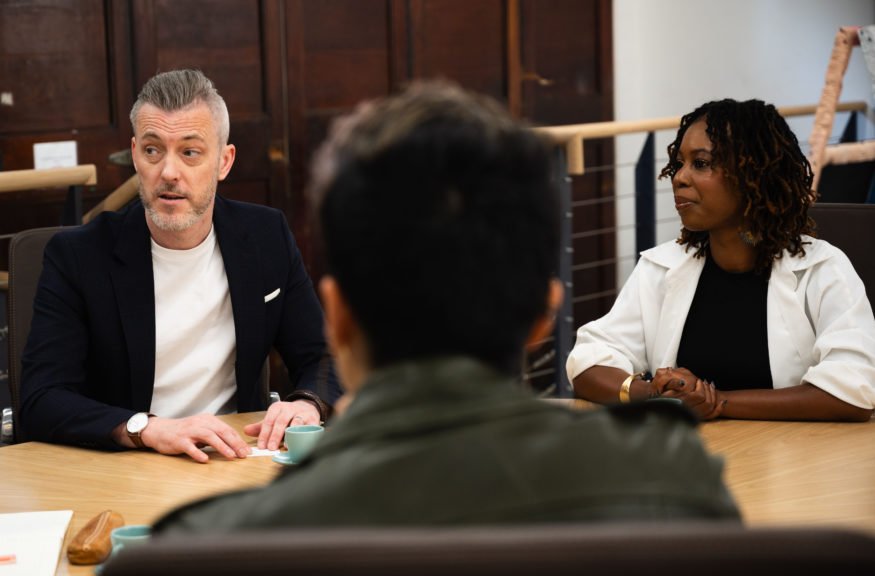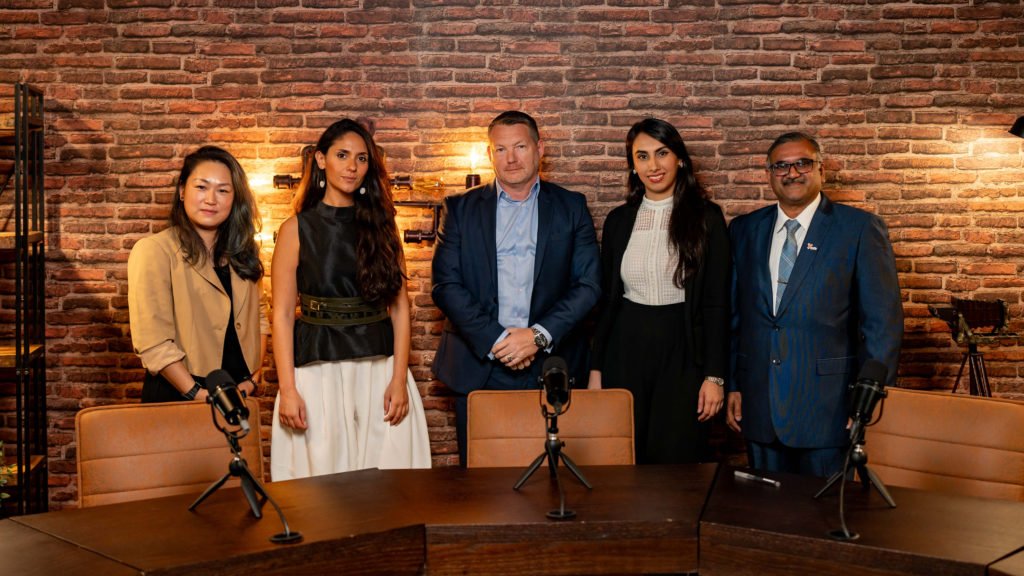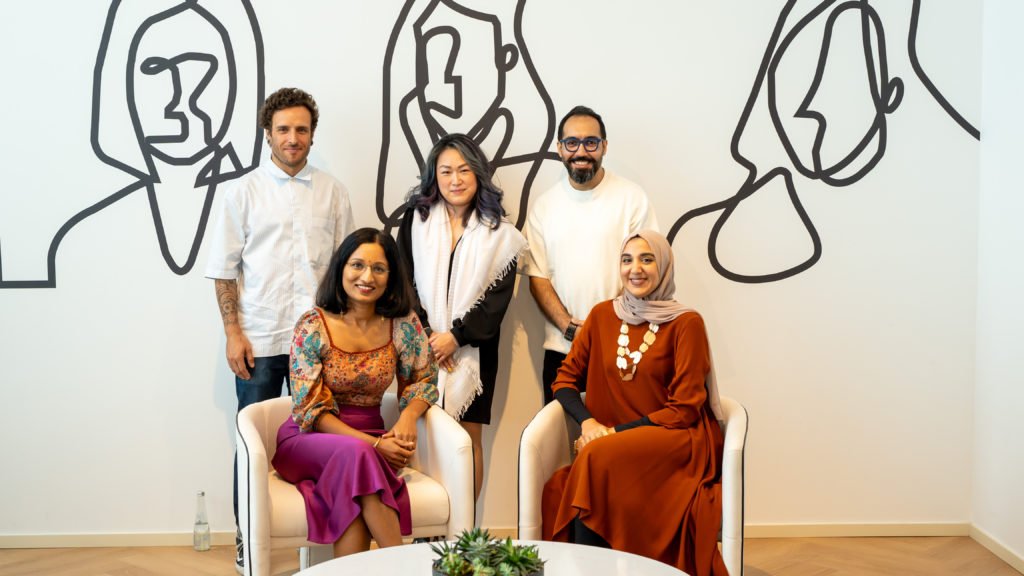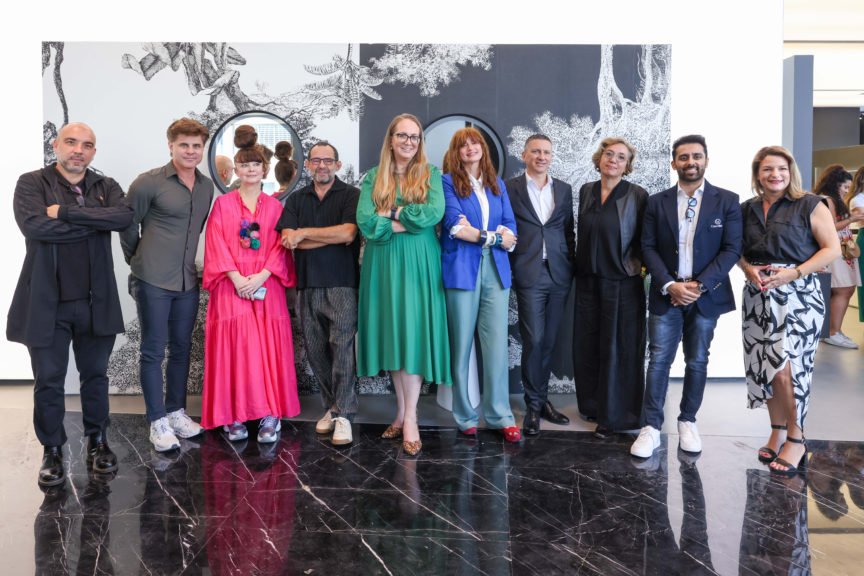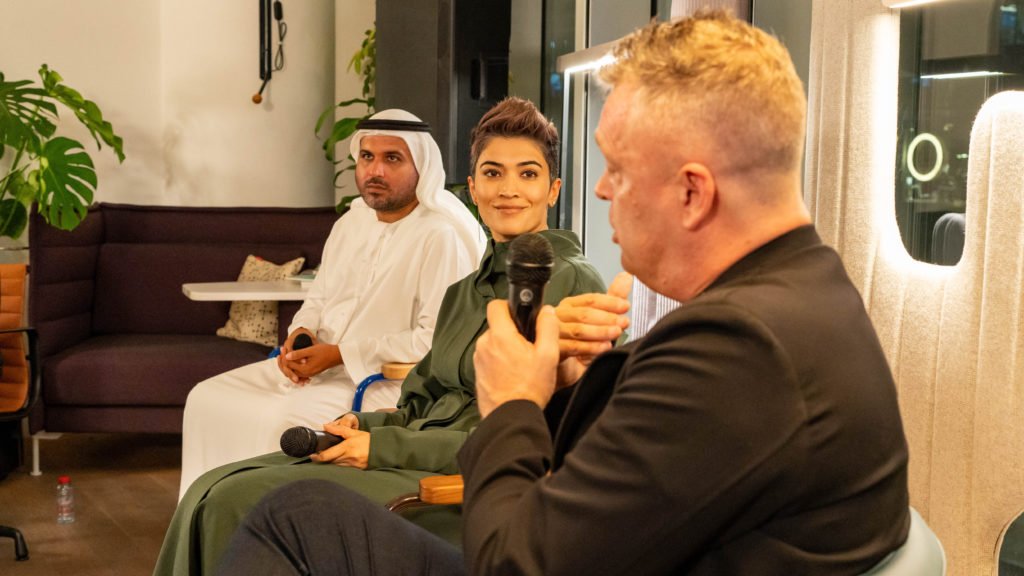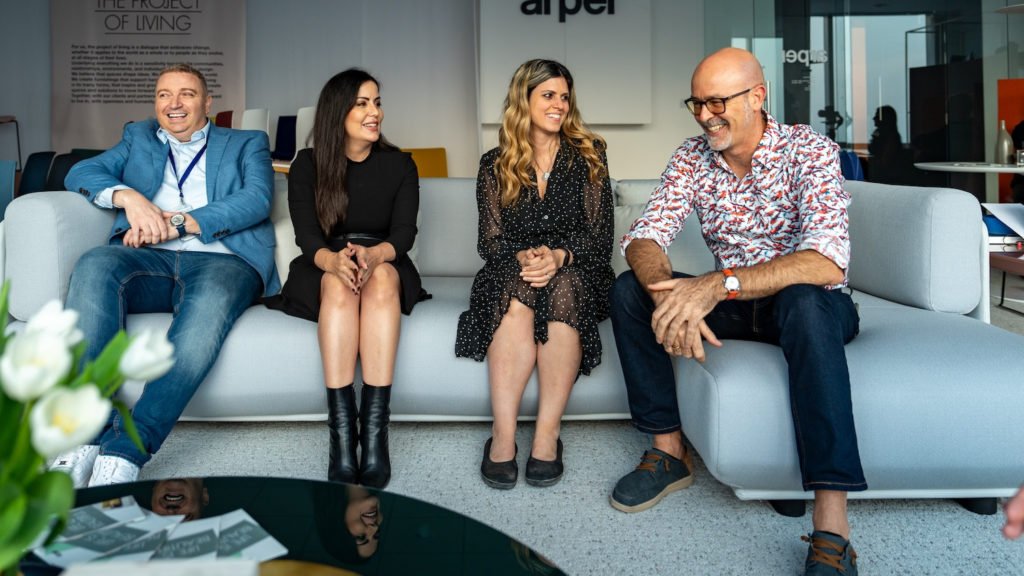Design is problem solving at its core; aesthetics are an auxiliary yet crucial aspect of it. While solutions can be innovative, it is difficult to say all solutions are innovative. The term is often used to signify that a design is original and intuitive, by firms and brands alike, but what is innovation, really? And where does it originate from? Is it teamwork that leads innovation to success or is just being inspired to do things differently on an individual level enough?
Tossed amongst some of the leading industry experts, these questions and the overall theme of ‘Innovation in Design’ were given a new depth at the Ideal Standard’s Design and Specification Center, Dubai. In this roundtable, in collaboration with Ideal Standard, insightful opinions and references came to the surface as thought leaders bounced experiences off on another.
The Experts
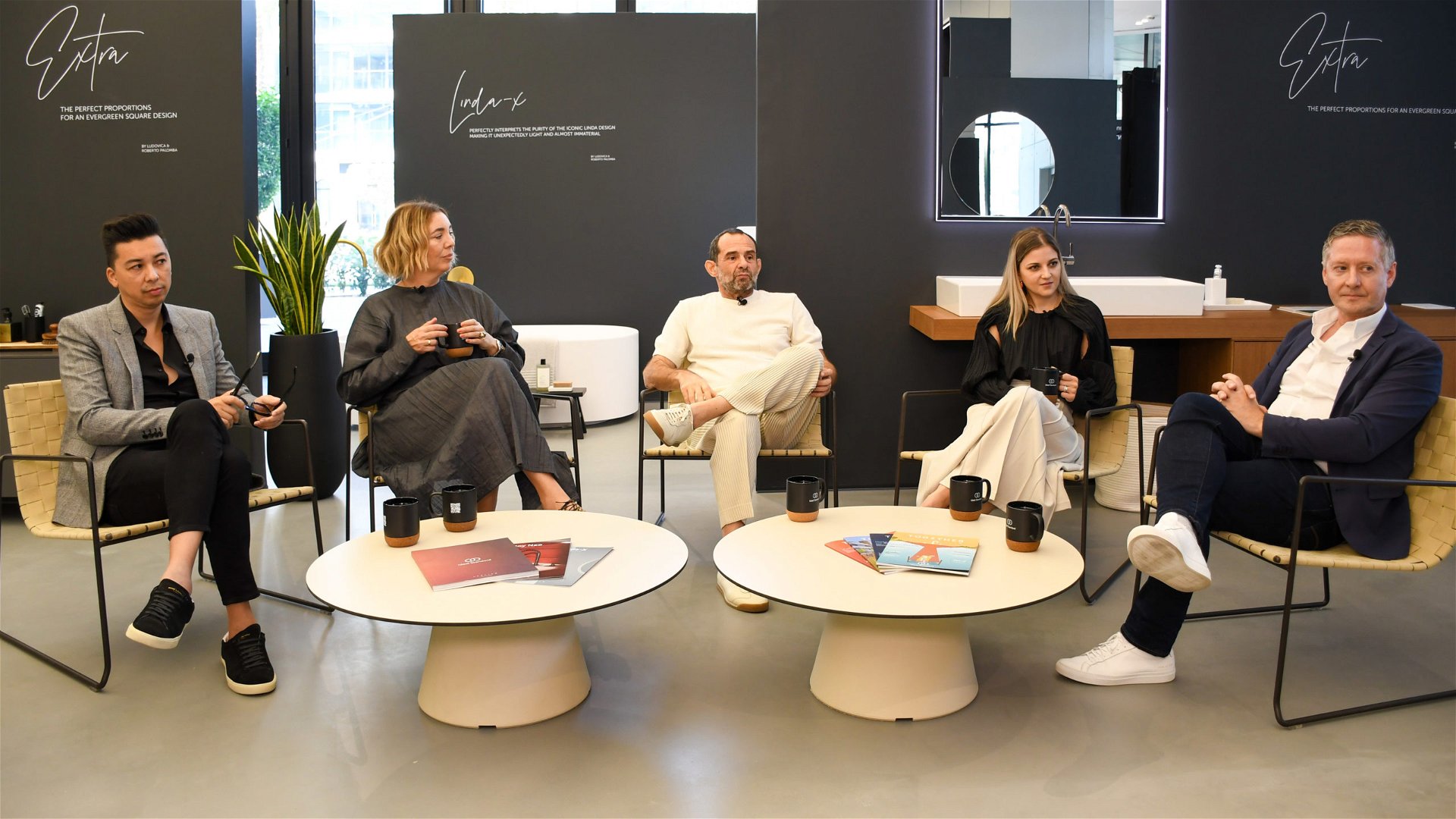
From left to right: Claudio Bardi, Executive Director Interior Design, Ultra Luxury Design & Technical Services – MEA, India & Turkey, Accor; Isabel Pintado, SVP – Design & Innovation, Four Seasons; Roberto Palomba, Chief Design Officer, Ideal Standard; Adriana Graur, Design Director, DWP; Ralf Steinhauer, Director MENA, RSP Architects
Defining Innovation
A definition is pivotal in understanding what a term as broad as ‘innovation’ means to individuals. In this particular context, it presented a clear picture of what the panelists expect when the term is used in the context of design and how in their minds it all comes into play.
Going first, Claudio Bardi, Executive Director Interior Design, Accor, humbly expressed, “Real innovation, at least in my industry, tends to happen, rather quietly – by probably people a lot smarter and more technically oriented than I am. It’s respectful of what was there before, but it is also building on top of that. New voices and learning from each other, really.”
Isabel Pintado, SVP – Design & Innovation, Four Seasons, had a slightly broader idea of the term. “Innovation should lead every thought process, every approach that you encounter. For me, innovation is thinking outside the box. It’s going into something without preconceived ideas. It’s approaching things for now – something that doesn’t necessarily have the weight of history behind it. Innovation learns an awful lot from tradition, but it can be enormously hindered by tradition.”
Chiming in, Ralf Steinhauer, Director MENA, RSP Architects, “One should not be immune to learning from history. We should embrace history as something that helps us in moving forward. It’s something that you need to understand to move forward, but not dwell on it – that way there is no negative connotation to it. As a designer, innovation is part of your DNA – we strive for it.”
In agreement with Isabel and Ralf, Roberto Palomba quipped, “Innovation is part of my everyday life. It’s not just to change, not just to go out of the comfort zone – it is when you make a change, and in that you make a statement. Of course, the roots (traditions and history) are important. If you have good roots, you can grow up very high. It doesn’t mean we have to look to the past with nostalgia, but we have to look in the past like an example. Sometimes we have to look at the mistakes that have been made in the past, not as limits but as lessons. Otherwise, you’d have to be a genius to be innovative. The comfort zone scares me. We have to wake up every day and think about what we can do better, what we can do differently, what is working and what is not. We have to select what we have to keep and what we have to change. Sometimes change is difficult. Sometimes change can be painful. But without innovation, there is no future.”
To Adriana Graur, Design Director, DWP, innovation is akin to evolution. “Innovation has always been part of us. So we have to innovate, but we have to evolve too, – in order to adapt to new developments, like in technology or in the way of creating new things. I am fond of bringing new ideas to the table, but I think you’re kind of forced to do that anyway in order to survive. Nature does it as well. Animals have to do it in order to survive, so they have to innovate all the time.”
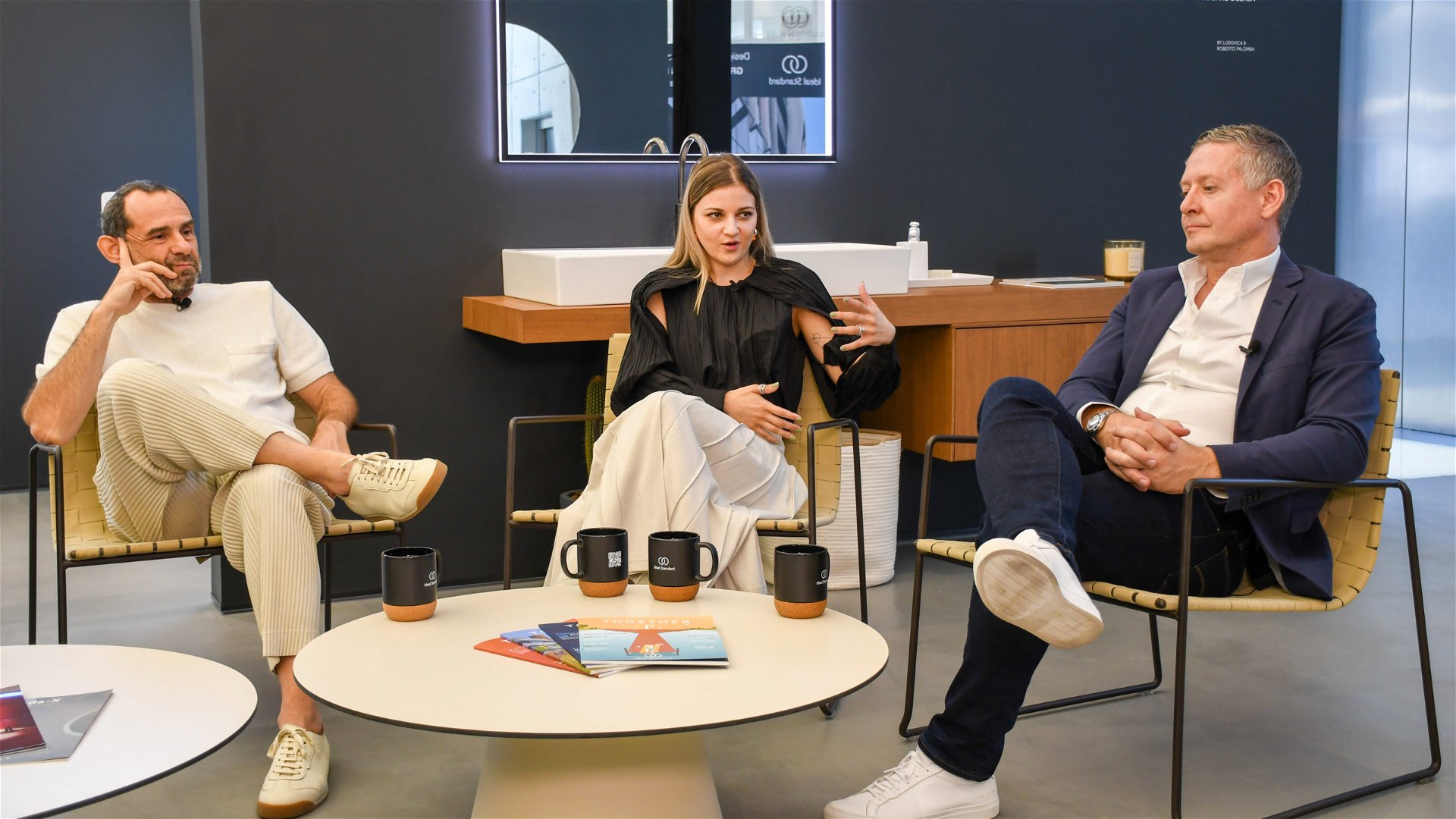
The Source of Innovation
Once all panelists had met a common ground on what it means to be innovative, and how it is tied to history and culture, we probed to find out – from where should innovation stem and what is the need for it.
Isabel enlightened, “Innovation has to come from three fundamental levels. One at the bird view level, which is trying to separate yourself from what you’re doing and reevaluate – is this the right approach? It’s reevaluating what you aim to achieve with your solutions and how they can be transformative. Then it comes down to the human eye view level, which is then creating that team structure, employing the right people to move forward with your vision. Then it is the ant view level, which is the personal development, to make sure that you continue to innovate within yourself, to not to be restrained within a comfort zone, to constantly push yourself. And there is bravery to that because there’s always a slight rejection of initial innovation in society. The jump to innovation does not have to be massive, sometimes it can be a jump of comfort.”
Ralf adds on to Isabel’s opinion on how innovation does not always have to be a leap. “In order to not be complacent and fall into the trap of just doing business as usual, there needs to be this element where you need to put things upside down. Part of innovation, in our business, is how you assemble a team. You could shuffle the teams, you should not always have the same people working together. It’s not only about design and aesthetics – it has to do with every little component of your organization. You need to question all the processes. And part of it, as I said, could be who’s sitting next to whom.”
Adriana goes on to provide an instance in her office in tandem with Ralf’s analogy. “It is quite interesting because what we’re trying to do is to allow people to go into a creative space and be inspired. And it does start with small things. For example, we’re introducing small talks called ‘Coffee and Innovation’ on Mondays, before our weekly management meeting – it’s just for people to present something that they are passionate about.”
Roberto shared an idiom that he felt was fitting. “We used to say younger rider, old horse or old rider younger, new horse. So I think the team must always have two kinds of competence. When I say young, I don’t refer to age – I mean young thinkers, and minds, and by old I mean sound and consistent technicians. There’s an ecosystem working that way, because they feed off each other’s synergies.”
Innovation in Hospitality Design
Particularly in hospitality design, there seems to be a large scope for innovation. From guest experience to lobby design, since the hospitality genre is more focused on leisure and accounts for temporary shelter, it can be experimented with and provides ground for new ideas. On the other hand, on the business side, it is extremely important for a hotel experience to appeal to users – so being completely off the beaten tracks could also cause potential backfire.
Drawing on his own design experience Roberto goes to narrate a backstory behind a project. “Couple of years ago, we designed or revamped an old palazzo into a small boutique hotel in a remote village in the south of Italy and the client there was asking us to have something unique. We had to innovate the experience that we wanted to bring, and food was one of the main topics of the region. We renovated the space in a very simple way – tried to restore the frescoes and made it a very clean design. But we innovated in the planning. For example, if you want to go to the swimming pool, you have a path through the kitchen. When we proposed this, there was resistance to the idea initially. We designed a big kitchen, and we did a small casting and we found a chef – a woman with a round, smiling face – and she was cooking all day long. She invited you to taste the local food, and she also taught you the recipe. In this case, the guests brought back home something real, and this is exactly what I want to do in my job. Create this kind of innovation, this little innovation, to bring emotion to the people.”
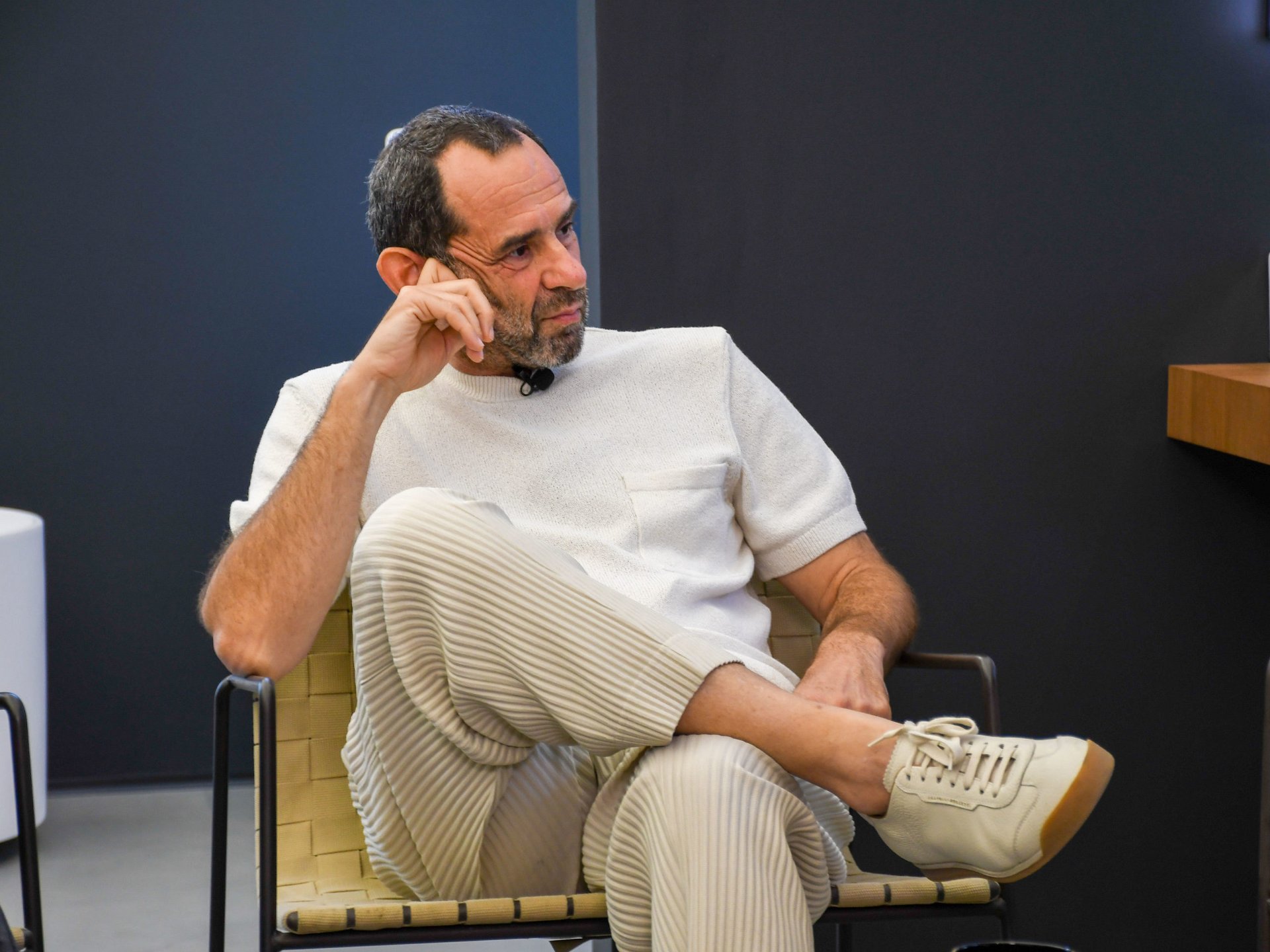
Ralf points out why this innovation could even be a possibility in the first place. “We are circulating a lot around communication. The best projects I worked on were where we were communicating with the two clients, because you have the owner in this part of the world, and the operator. And it could be verbal communication, it could be visual, by sketching and coming up with ideas – where you actually sit like, we’re sitting here today – and we’re finding innovation through a process where we come up with great ideas, we bounce it. It’s the same when you’re presenting to your client and they’re criticizing you immediately or the operator says, this is not really our brand standard or design guidelines. Like, in Roberto’s design it was – why don’t we walk through the kitchen to the pool? Sparking innovative ideas that come up with solutions that nobody had thought about before – this is what true innovation is.”
Roberto replies, “Exactly. You should know how to present the idea and you also know how to defend your idea, because sometimes the people don’t understand it, they are not in your mind. So you have to be humble, honest, professional and help with any tool to explain your idea.”
Nodding her head, Isabel says, “Innovation, if presented as a well thought through solution, is much easier to make it through than just innovation. For the sake of having a good idea, let me run and pitch it that that actually kills innovation, rather than nurture it. People don’t know how to read a drawing; they know how to read an abstract notion. It’s a responsibility to translate that active thought you have into something that’s tangible for the person that you presented to.”
Isabel goes on to talk about how standards in hospitality changes, and how the design is prone to updates. “Not everybody’s happy working on the computer in bed. I need a desk. A desk that doesn’t have the bed at the backdrop because is not always the tidiest. One of the solutions could be what is called the activity table, which doubles up as your dining table and your desk.”
To this Adriana has her own parallel, “I do like art – it changes the space and it gives a different layer to the entire environment. But lighting, for example, it’s extremely important to put really good products into the right spaces, because these are crucial elements that can transform a space dramatically.”
Ralf expresses, “Design always starts from the small aspects. I think this is where everything starts and even if it’s a bigger project, even if it’s a master plan, you start with the small details in your head and then you look at the bigger picture. If you build a new hotel, for example, you study the environment, you study the place where it is, and then you envision yourself sitting in the room. What is the frame that I’m viewing from the window? And then it comes to exactly what Isabel said – it’s about how to create a space that is multifunctional because that’s what hotel rooms should be like. I want to eat, I want to work and I want to work out. This is where you need to be very creative because it’s all part of the journey, it’s all part of the experiences. Even like Roberto mentioned, what we do is we create memories, we create emotions. This is where a lot of people don’t really understand the role that we play – it’s because they only see the materials, the hard finishes, they see the furniture, but most important is the space where everything else is within, but all of this starts with small details.”
Claudio also reminds how important the purpose of a visit is. “Some people might not spend a lot of time in the room, and they will seek those experiences out. Like the difference between an urban hotel versus a resort – what you’re expecting is different. These types of expectations will also fluctuate depending on why I’m there, who I’m with, even how old I am or where I am in my life. Coming in with a clear, concise vision, for how all these different parts and pieces work together, is when an innovation will be a success. It’s really about the coalescence of all these things together, not just from individual basis, but really in totality.”
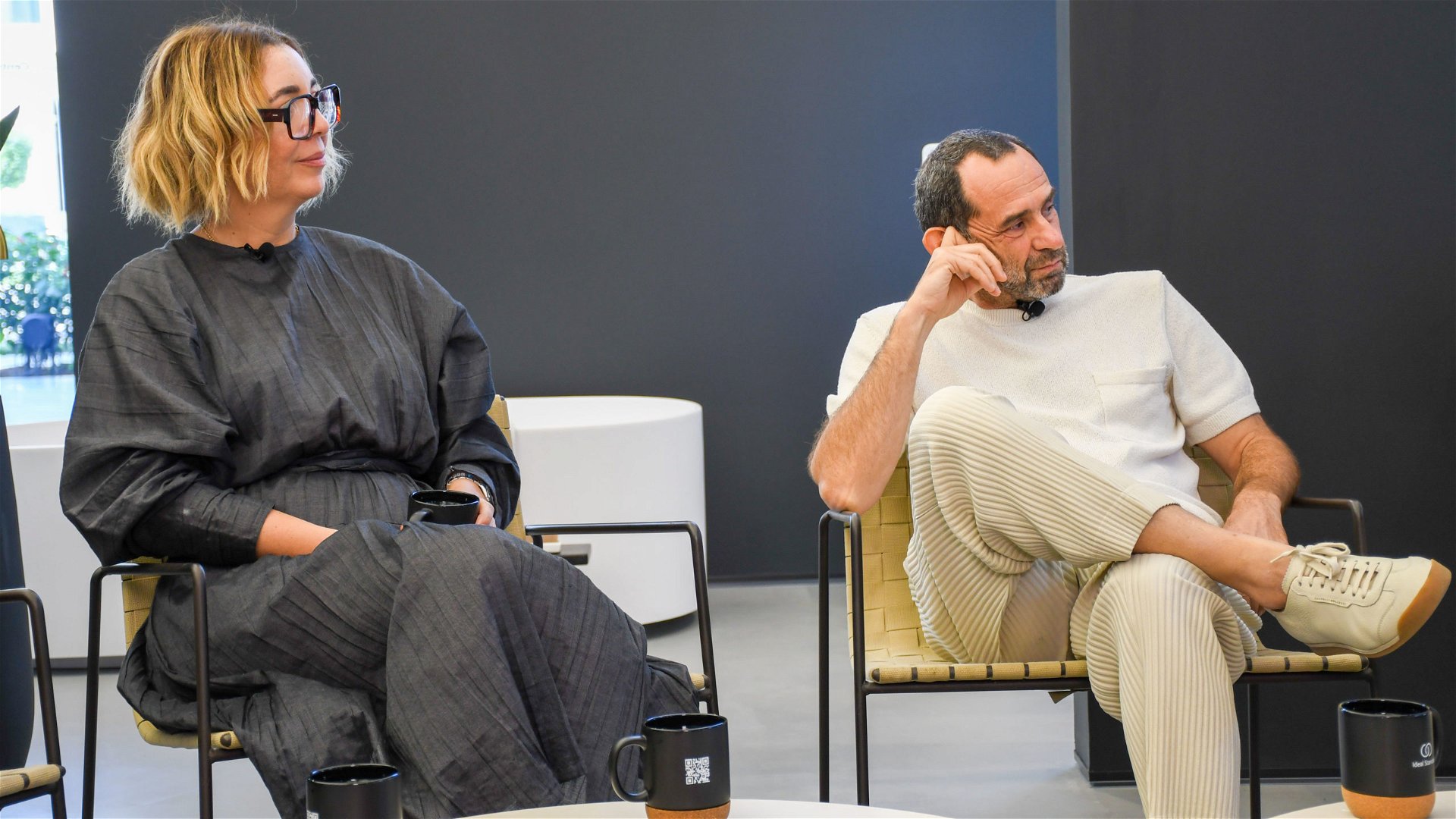
Most Important Space in a Hotel
Upon asking the panelists what the most important space in a hotel was for them – both Ralf and Claudio were of the opinion that lobbies are an integral part of a hotel experience.
“Lobbies are usually the worst designed spaces but they have a really important function. We should focus on getting the lobby right, because we seldom get the room wrong. Unless you are in a suite, the lobby is your living room and the window to the community; it’s where you’re hanging out and if it’s done really well, then it’s an amazing experience,” says Ralf.
Claudio adds, “They set the scene for the rest of the property; they’re where the story starts. It influences how people there interact with the design. It is fascinating because it’s such a soulful social space.”
On the other hand Adriana holds the overall guest experience above the quality of the design, while for Isabel, well-thought out open terraces really pique her fancy.
“The first sense we interact with is sight. What we see is very important to bring us the first emotion, the first connection with the space we are in. This makes the control of natural and artificial light important. It’s very imperative that the lighting design is connected quietly with the experience we want to create in that space.”, Roberto expresses.
The Panelists Most Innovative Works According to them
Roberto Palomba – “The museum in Pompeii, an old town in Indianapolis. The idea was to create this little museum that was between the outside and inside. We have to think of museums, a little bit like a Zara retail, I know it’s even blasphemous to say so but no one visits museums anymore. So there’s the need for museums to have windows to create something to attract the people by showing people a peek.”
Ralf Steinhauer – “Khalifa University in Abu Dhabi. I worked on it almost ten years ago. The innovation part is that it’s the most flexible building I’ve ever designed.”
Adriana Graur – “The DEWA headquarters. It’s the most innovative because it’s going to be net zero, but it’s also a great design. Blending the technical requirements when your MEP requirements need to be extremely low but the design has to be top-notch is not easy. I think because we achieved all of that with a really beautiful design and everything integrated correctly.”
Isabel Pintado – “The yacht that we launched about a month ago. We addressed it in the Four Seasons way, and I think what we came up with is very innovative.”
Claudio Bardi – “Orient-Express. The brand has lived on for so long as a train brand and it signifies a certain standard – to turn that into an urban hotel experience or like a resort hotel experience requires innovation.”
Article info
Article:
Date added:
11 January, 2023

